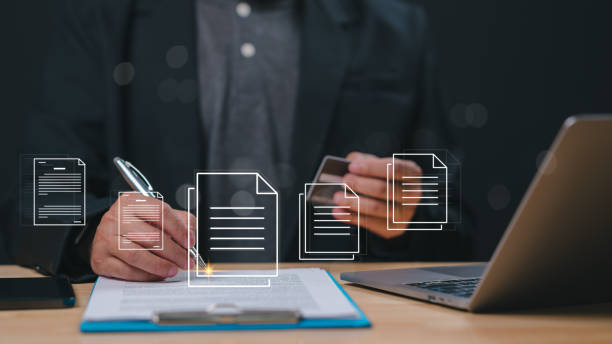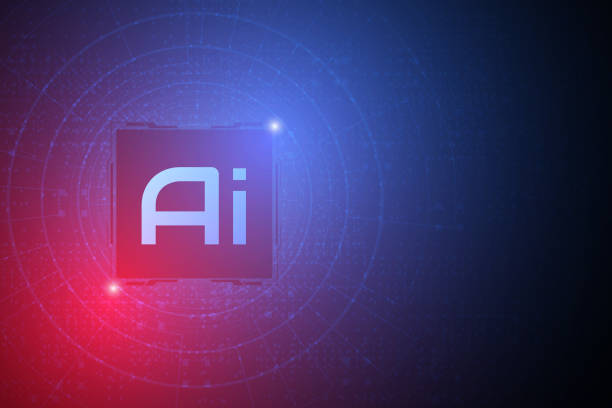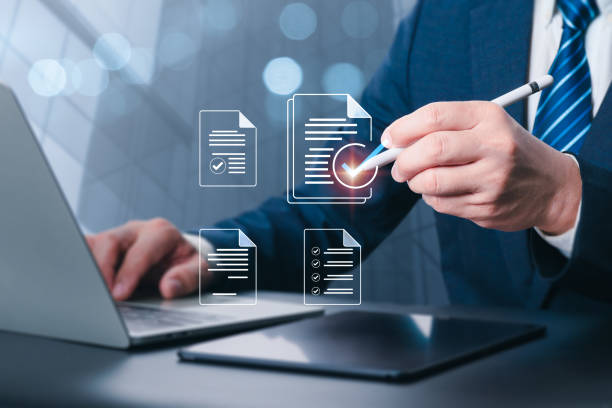Introduction to On-Page SEO and Its Importance
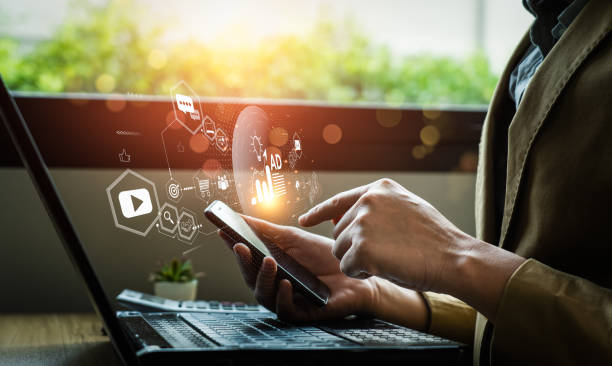
On-Page SEO is the core of any successful search engine optimization strategy.
This part of SEO refers to the set of activities performed within the website itself and on its pages to improve a page’s ranking in search results.
The main goal of On-Page SEO is to help search engines better understand your website’s content and structure.
This deeper understanding allows them to display your website to more users for relevant keywords.
This comprehensive guide will show you, step-by-step and in an educational manner, how to significantly increase your website’s organic traffic by optimizing internal page elements.
#On_Page_SEO activities include optimizing titles and meta descriptions, proper use of Heading tags, URL structure, image optimization, and content quality.
In fact, every visible and codable element on a web page that you control constitutes a part of On-Page SEO.
Without sufficient attention to this vital aspect, even the best Off-Page SEO strategies alone cannot bring you significant success.
This approach helps you strengthen your On-Page SEO and maintain a powerful presence in search engine results pages.
Do you dream of a thriving online store but don’t know where to start?
Rasavand is your comprehensive e-commerce website design solution.
✅ Attractive and user-friendly design
✅ Increased sales and revenue⚡ Get free consultation
Keyword Research for On-Page SEO

Keyword research is the first and one of the most important steps in implementing an effective On-Page SEO strategy.
Choosing the right keywords means deeply understanding your users’ needs and questions.
This process not only helps you create content that users are truly looking for but also signals to search engines exactly what your page is about.
For effective keyword research, you should look for keywords that have a high search volume and, at the same time, involve reasonable competition.
Various tools such as Google Keyword Planner, Ahrefs, Semrush, and KWFinder can be helpful in this regard.
These tools provide you with information about search volume, competition level, and related keywords.
It is important to pay attention not only to main keywords but also to long-tail keywords; although these keywords have lower search volume, the user’s intent is much clearer, and they have a higher conversion rate.
This explanatory and analytical approach to keyword selection lays the foundation for the success of your On-Page SEO strategy and ensures that your content reaches its target audience.
Remember that keywords should be naturally integrated into the content, not forced in with the aim of deceiving search engines.
Optimizing Content and Structure for On-Page SEO

Content is king, and in the world of On-Page SEO, this statement holds truer than ever.
Content optimization goes beyond merely inserting keywords; it involves producing high-quality, valuable, engaging, and comprehensive content that meets user needs.
Content structure is equally important.
Proper use of Heading tags (H1 to H6) not only improves content readability but also shows search engines the importance of different sections of your content.
The H1 tag should contain the page’s main keyword and be used only once per page.
H2 and H3 tags are used to divide content into subsections and subtopics.
Content length can also play a role; more comprehensive and longer content that fully covers a topic usually performs better in rankings, provided it maintains its quality and avoids redundancy.
Successful On-Page SEO is built on content that is not only understandable to search robots but also provides an excellent user experience.
This is a specialized approach that requires attention to detail.
| Element | Description | Importance for On-Page SEO |
|---|---|---|
| Content Quality | Accurate, comprehensive, unique, and valuable content. | Foundation of ranking, building user and search engine trust. |
| Keywords | Natural and strategic use of target keywords. | Helps search engines understand the page topic. |
| Heading Structure | Logical use of H1, H2, H3, etc., for organization. | Improves readability, structural clarity for crawlers. |
| Readability | Short sentences, concise paragraphs, use of lists. | Reduces bounce rate, increases user dwell time. |
| Content Freshness | Regular updates and adding new information. | Indicates site activity and content relevance. |
Technical Aspects of On-Page SEO: Meta Tags and URL Structure
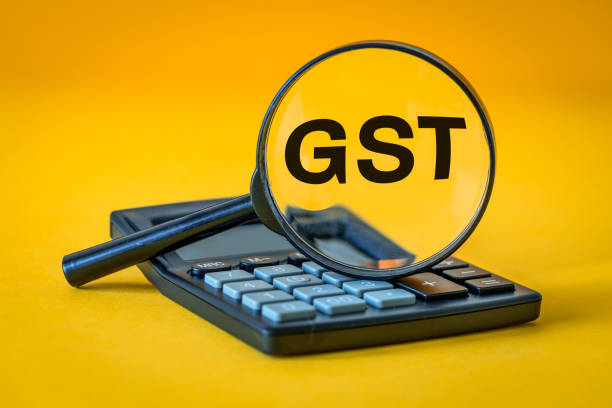
In addition to textual content, several technical aspects also play a role in the success of On-Page SEO.
One such aspect is Meta Tags.
The Title Tag and Meta Description, although not directly impacting ranking, play a very important role in click-through rate (CTR).
The Title Tag should be attractive and contain the main keyword, and the Meta Description should provide a compelling summary of the page’s content that entices users to click.
URL structure is also of great importance.
A SEO-friendly URL should be short, descriptive, and include relevant keywords.
Avoiding unusual characters, long numbers, and unnecessary words in the URL is recommended.
Using hyphens (-) to separate words instead of underscores (_) or spaces is the golden standard.
This guidance helps search engines better understand your site’s structure and correctly index your pages.
Robots.txt and XML Sitemaps are also other important technical elements in On-Page SEO.
Robots.txt tells crawlers which parts of the site not to index, while an XML Sitemap provides a complete map of your site’s pages for search engines, helping them discover new and updated pages.
Adhering to these technical points significantly strengthens your site’s internal optimization.
Are you losing business opportunities due to an outdated website? With Rasavand, solve the problem of not attracting potential customers through your website forever!
✅ Attract more high-quality leads
✅ Increase brand credibility in the eyes of customers
⚡ Get free corporate website design consultation
Optimizing Images and Multimedia for On-Page SEO

In today’s visual world, images and multimedia content play a vital role in attracting users and enhancing On-Page SEO.
Optimizing these elements is important for two main reasons: firstly, improving user experience, and secondly, helping search engines understand your visual content.
For images, compression and using optimized formats (such as WebP) to reduce file size are crucial to increase page load speed.
Also, using Alt Text for images is an important aspect of On-Page SEO.
Alt Text should be a precise description of the image and, if possible, include relevant keywords.
This text is not only useful for users who cannot see images (e.g., due to visual impairments or slow internet) but also helps search engines understand the image’s content.
Optimizing image file names with keywords is also recommended.
For videos, you can use Schema Markup for video to help search engines get more information about the video content and display it in video search results.
An analytical approach to optimizing images and videos can significantly impact your overall on-page SEO performance.
These visual elements help increase user dwell time on the page and reduce bounce rate, both of which are positive signals for ranking in On-Page SEO.
The Importance of Internal Linking in On-Page SEO
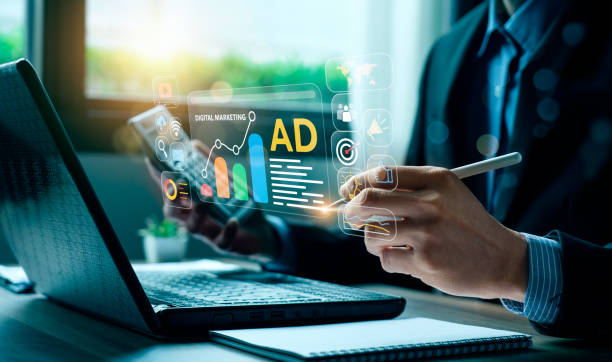
Internal linking is the backbone of a healthy site structure and a powerful On-Page SEO strategy.
Internal links are links that point from one page on your website to another page on the same website.
These links serve several vital roles: Firstly, they help search engines discover and index your site’s pages.
A strong internal linking structure acts like a roadmap for search engine crawlers, allowing them to find all your important pages.
Secondly, internal links help distribute “link equity” or “page authority” throughout your website.
When a powerful page links to another page, it passes some of its authority to that page, helping to improve its ranking.
Thirdly, and perhaps most importantly, internal links improve user experience.
They allow users to easily navigate your site and discover more relevant information.
The thought-provoking content in this area is: “Are you utilizing the full potential of internal linking to boost the ranking of your important pages?” Using descriptive and relevant anchor texts in internal links provides search engines with more information about the destination page.
For example, instead of “Click here,” use “Comprehensive On-Page SEO Guide.”
This action greatly aids in the internal optimization of your site.
User Experience (UX) and Page Load Speed in On-Page SEO

In recent years, User Experience (UX) and page load speed have become crucial factors in On-Page SEO.
Google increasingly emphasizes the importance of providing the best possible user experience and has incorporated these factors into its ranking algorithms.
A website with slow load speed not only frustrates users and causes them to leave the page (increasing bounce rate) but also signals to search engines that the site does not offer a good experience.
The same applies to responsive design (Mobile-First Design).
Given the significant increase in mobile usage for searching, having a website that displays well on various devices is essential for On-Page SEO.
Google, by introducing Core Web Vitals, has provided specific metrics for measuring Page Experience.
These metrics include LCP (Largest Contentful Paint) for loading speed, FID (First Input Delay) for interactivity, and CLS (Cumulative Layout Shift) for visual stability.
From a news perspective, these changes indicate the continuous evolution of Google’s algorithms towards prioritizing users.
Optimizing images, caching, code optimization, and using a CDN (Content Delivery Network) are among the actions that can help improve page load speed and, consequently, your site’s internal optimization.
| Factor | Description | Impact on On-Page SEO |
|---|---|---|
| Loading Speed | Time required to fully load page content. | Reduces bounce rate, improves ranking (direct ranking factor). |
| Responsive Design | Site compatibility with all devices (mobile, tablet, desktop). | Essential for ranking in mobile search. |
| Content Readability | Ease of understanding text and visual content structure. | Increases user dwell time, reduces bounce rate. |
| Easy Navigation | Simple and logical access to different parts of the site. | Improves crawling, increases user interaction. |
| Interactivity | Site’s reaction speed to user interactions (clicks, scrolls). | Part of Core Web Vitals, direct impact on user experience. |
Using Schema Markup to Enhance On-Page SEO
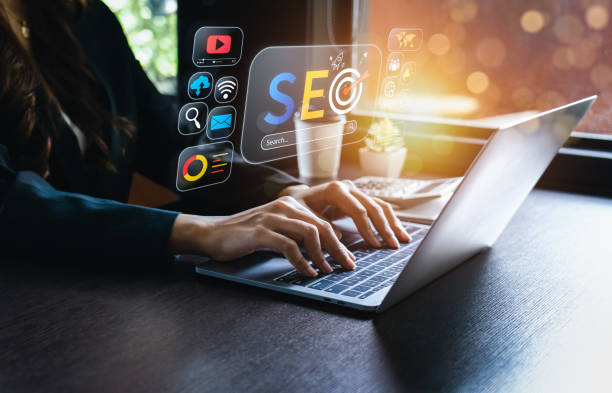
Schema Markup, also known as structured data, is extra code you add to your site’s HTML to help search engines more deeply understand the page’s content.
This code organizes and semanticizes your page’s information in standard formats for search engines.
For example, if you have an article, you can use the “Article” schema to tell Google that this page is an article and what its author, publication date, and main image are.
This allows search engines to display richer information in search results, which is called Rich Snippets.
Rich Snippets can include star ratings, images, prices, contact information, and many other items, all of which help increase the click-through rate (CTR) of your pages.
Using Schema Markup for On-Page SEO is a specialized and very powerful action that can make a significant difference in your visibility in search results.
While Schema Markup is not a direct ranking factor, it indirectly positively impacts your On-Page SEO by increasing CTR and improving display in search results.
Correct implementation of schema requires precision and familiarity with its various types (such as Product, Review, Recipe, LocalBusiness).
Are you concerned about your e-commerce site’s low conversion rate and not achieving your desired sales?
Rasavand is your specialized solution for a successful e-commerce website.
✅ Significantly increase conversion rates and sales
✅ Professional and user-friendly design to satisfy customers
⚡ Ready for a transformation in online sales? Get a free consultation!
Monitoring and Analyzing On-Page SEO Performance
![]()
After implementing On-Page SEO strategies, the next crucial step is monitoring and analyzing their performance.
Without measurement, you cannot know what is working and what needs improvement.
Tools like Google Analytics and Google Search Console are engaging yet vital in this regard.
Google Analytics allows you to track site traffic, user behavior (such as bounce rate, time on page), traffic sources, and conversions.
This data shows you how users interact with your content and which pages need further optimization.
Google Search Console also provides critical information about how your site appears in Google search, including keywords that drove traffic, crawling and indexing issues, and internal and external links.
By using these tools, you can see how changes made in On-Page SEO have impacted your site’s ranking and traffic.
For instance, has increasing page load speed truly led to a reduced bounce rate? Has optimizing meta tags improved CTR? Detailed analysis of this data allows you to continuously adjust and optimize your On-Page SEO strategies and get the best return on your investments.
Future Trends and Continuous Updates in On-Page SEO
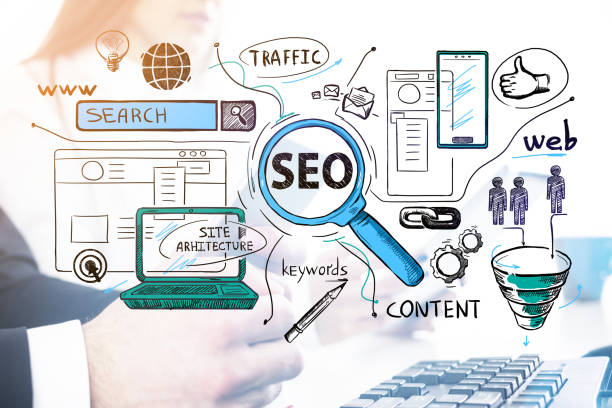
The world of On-Page SEO is constantly changing and evolving.
Search engine algorithms are continuously updated, and new trends emerge that affect the success of your site’s internal optimization strategies.
To maintain a competitive position and continue growth, continuous updates and awareness of future trends are essential.
The emergence of artificial intelligence in search, such as large language models and machine learning-based algorithms, allows Google to understand content more deeply and conceptually.
This means that focusing on content quality, comprehensive coverage of a topic (Topical Authority), and addressing user intent has become more important than ever.
Optimizing for voice search is also a growing trend that affects how keywords are formulated and content is structured.
In voice search, users use more natural language and question sentences, so your content should be able to answer these types of questions.
This guidance helps you keep your on-page SEO strategies flexible and keep pace with changes.
Keeping up with these changes requires an educational mindset and a willingness to learn continuously.
Remember that On-Page SEO is not a one-time process, but an ongoing journey of optimization and improvement, the reward of which is greater visibility and sustainable organic traffic.
Frequently Asked Questions
| Question | Answer |
|---|---|
| What is On-Page SEO? | On-Page SEO involves optimizing elements that are directly within your control and within your website. Its goal is to help search engines better understand the page content and improve its ranking. |
| Why is On-Page SEO important? | On-Page SEO gives clear signals to search engines about the page content, improves user experience, and increases the chance of attracting organic traffic. |
| What are the most important On-Page SEO factors? | Keywords, Title Tag, Meta Description, URL structure, quality content, image optimization, and internal links are among the most important factors. |
| What is the role of the Title Tag in On-Page SEO? | The Title Tag is one of the most important signals for search engines and users, specifying the main topic of the page. It should include the main keyword and be engaging. |
| How important is the Meta Description? | Meta Description does not directly affect ranking, but it can improve the click-through rate (CTR) by enticing users to click. |
| How to optimize images for On-Page SEO? | By using descriptive file names, appropriate Alt Text containing keywords, compression to reduce size, and correct dimensions. |
| What is the impact of Internal Links on SEO? | Internal links help search engines discover and index site pages, distribute authority (PageRank) throughout the site, and improve user navigation. |
| Is page load speed an On-Page SEO factor? | Yes, page load speed is a critical factor in On-Page SEO and user experience. Slower pages can lead to higher bounce rates and lower rankings. |
| What are the characteristics of quality content for On-Page SEO? | Quality content must be comprehensive, unique, relevant, trustworthy, readable, and fully address users’ needs and questions. |
| How can keywords be used in content? | Keywords should be used naturally in titles, subtitles, the first paragraph, body text, and image alt text. Avoid keyword stuffing. |
And other services of Rasavand Advertising Agency in the field of advertising
Smart Social Media: A creative platform to improve customer behavior analysis with custom programming.
Smart Conversion Rate Optimization: A fast and efficient solution for online growth focusing on Google ad management.
Smart Customer Journey Map: An effective tool for increasing website traffic by using real data.
Smart Sales Automation: A new service to increase click-through rates through marketing automation.
Smart Brand Identity: An effective tool for user engagement through intelligent data analysis.
And over a hundred other services in internet advertising, advertising consultation, and organizational solutions
Internet Advertising | Advertising Strategy | Sponsored Articles
Sources
On-Page SEO Guide at Seodemy
On-Page SEO Techniques at Anilweb
SEO Checklist from Backlinko
Comprehensive SEO Guide at Seokadeh
? To be seen in the digital world and reach the pinnacle of success, Rasavand Digital Marketing Agency is with you. By providing specialized services including professional WordPress website design and targeted SEO, we will elevate your business to the position it deserves. For free consultation and to start your business’s digital transformation, contact us.
📍 Tehran, Mirdamad Street, next to Bank Markazi, Southern Kazeroun Alley, Ramin Alley, No. 6

